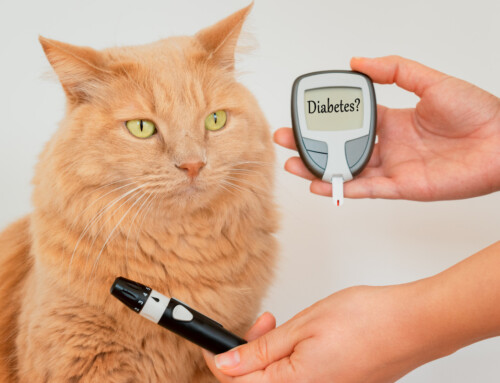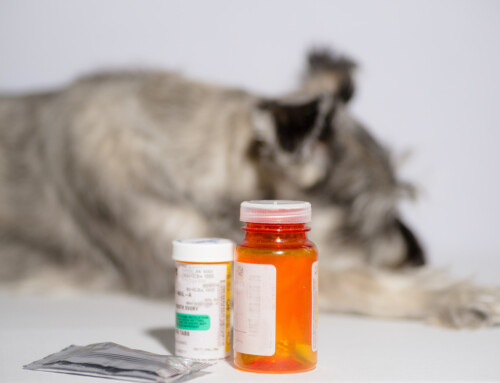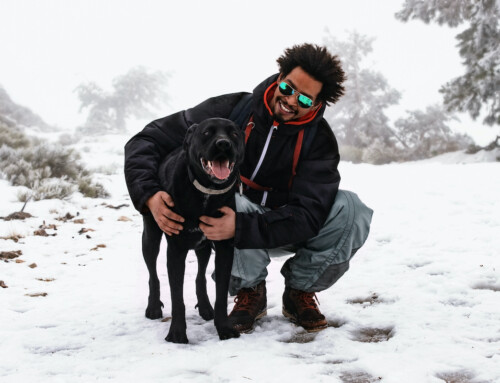Have you ever lost a pet and you were worried sick? Your furry loved one bolted out the front door, backyard or car and ran away. The fear and panic are a horrible feeling that we might never see our loved one again. Don’t put yourself through this unnecessary experience. That is why June is National Microchipping Month to remind us to microchip our pet.
Every year over 10 million dogs and cats are lost or stolen in the U.S. according to the American Humane Association.
Why is microchipping pets so important?
Microchipping significantly increases the chance your pet will be found if he or she gets lost. Unlike collars with tags, microchips can’t fall off, break, or be removed, so they’re a permanent form of identification. And they usually last a lifetime.
What is a pet microchip?
A pet microchip is a microscopic electronic device, about the size of a grain of rice. It is inserted under the loose skin between your pet’s shoulder blades, a process that is quick and painless for your pet. Every chip has a unique 15-digit number encased in a protective shell which can be read by a microchip scanner.
Get a microchip for your pet. ID tags can be removed or fall off. So, if a shelter, veterinarian, or animal-control officer locate your pet, they can wave a scanner over the chipped area and find the pet’s unique identification number. When they put the number into a database, you and your pet will be reunited.
Microchips are probably the most reliable way to make sure that your pet can be identified by a rescuer or veterinarian that comes in contact with them while they are lost. The actual process of microchipping your pet is relatively painless and, once installed, need to be registered with the microchip company.
What is a pet recovery database?
Getting a microchip implanted in your pet is the first step in a two-part process. You will also need to register your pet with the microchip company and their pet recovery service — fill in the paperwork that comes with the chip and mail it in or complete it online (either way, there will probably be a fee). The pet recovery company will record and store the chip number and your contact info in their pet recovery database.
What happens if my pet gets lost?
If your pet gets lost and someone takes them to a vet clinic or animal shelter, the staff will pass a microchip scanner over your pet and read the microchip’s ID number. They will then contact the pet recovery service – which usually has 24/7 toll-free hotlines – and give them the number. The folks at the service will look up the microchip ID number in their database and provide your contact information. And you will get a call letting you know your furry friend has been found so that you can be reunited with your pet.
Where can I get my pet microchipped?
If you adopt your pet from an animal shelter or rescue organization, they may include microchipping as part of their fee. Otherwise, visit your local vet to get it done.
Does my pet still need to wear a collar?
Not everybody who finds a lost pet will have access to a scanner, so play it safe and keep a collar and ID tag on your pet as well. You’ll also receive a tag for your pet’s collar from the microchip company with the chip number and their phone number.
Keep information current
Keep the microchip information up-to-date. If you move or if your phone number changes, make sure you update the microchip company.
MainStreet Veterinarians practices both conventional as well as alternative animal healthcare from our friendly office in Stone Mountain, GA. Offering mainly conventional veterinary medicine and surgery to also offering a wide array of alternative and holistic treatments to the veterinary community as well. Call us today to make an appointment with your beloved pet at 770-498-4620 or send us an email.








